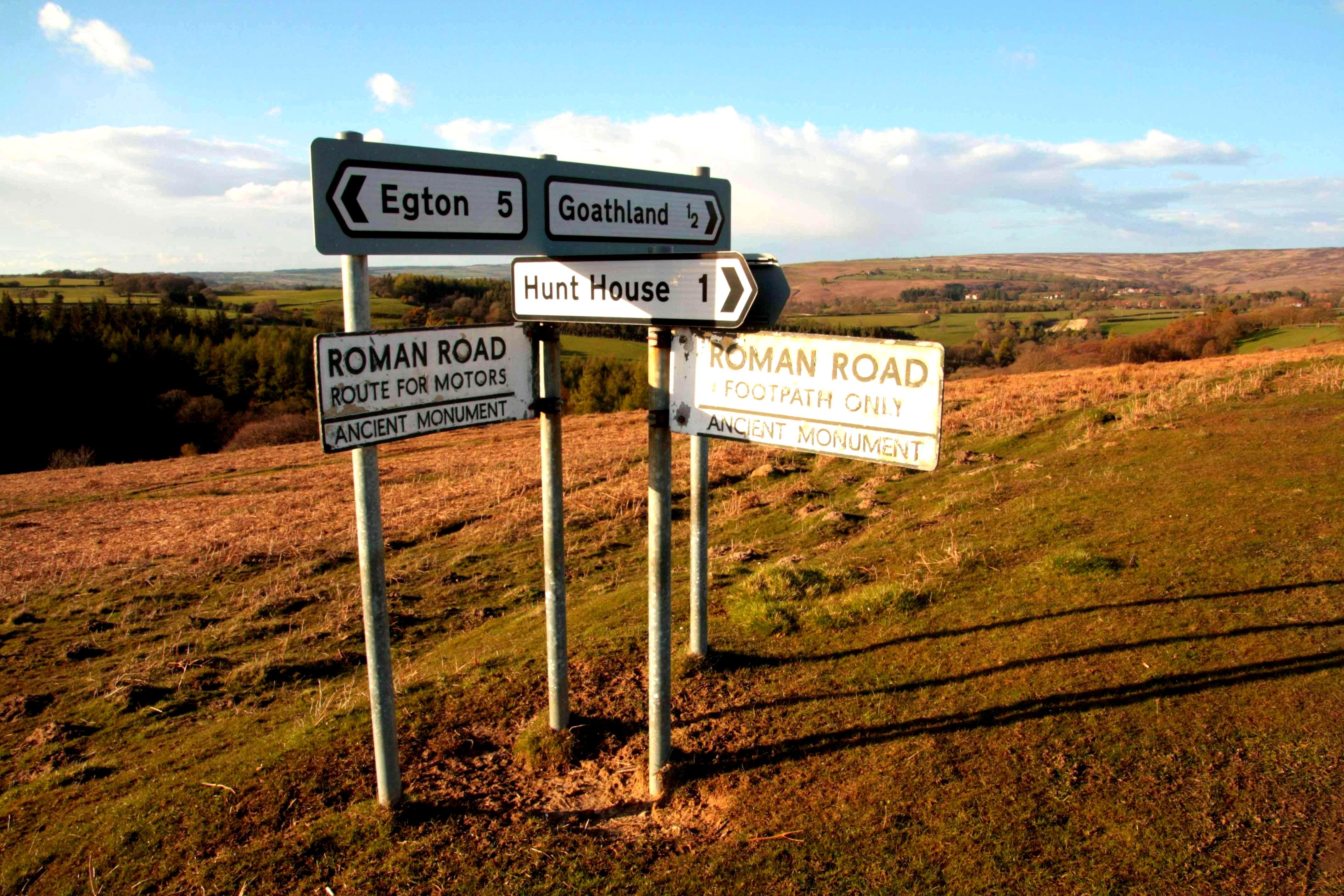导视标识的历史和探寻
导视标识的历史和探寻
2012年6月6日 由散文作者Mr.Ax发表于FS;2019年4月2日 由立狮文化 Vincent 译
(版权所有,禁止转载)

社会的发展,新技术的引进,城市化的发展和生活的复杂化导致人们越来越需要简单明了地找到他们想要去的地方。在这样的背景下,公共标识导视的发展就变成了一个自然而然的过程,同时也伴随着现代文明的发展。立狮导视专业设计制作导视标识、发光字、文化墙。
必须要指出,这种对导视标识行业发展的需求也持续提高了寻路的便利性,尤其是在当今城市的日益扩大和移居城市人口数量的增长的情形下。立狮导视专业设计制作导视标识、发光字、文化墙。城市基础设施的发展和建筑的复杂化的结果和企图找到正确的道路变成了一个严肃的问题,而导视标识则是解决这一问题的最好办法。立狮导视专业设计制作导视标识、发光字、文化墙。

通常,寻找一条正确的路甚至在一个建筑中找到要去的位置,如公共图书馆就是这一问题的实例。立狮导视专业设计制作导视标识、发光字、文化墙。首先得说当代的导视标识的创意基础都来源于20世纪20-30年代由Neurath主导的逻辑实用主义的发展,是他观察到人类的视觉主要来源于对经验知识的总结(Pratt,2005)。
与此同时,导视标识的发展也是一个渐进的过程也是对当今快速需求的反映。立狮导视专业设计制作导视标识、发光字、文化墙。举个例子来说,在20世纪早期和中期,导视标识被分开为白人和黑人指路。另外一方面,20世纪50年代成为了国际视觉识别系统发展的开端,随后在60到70年代贯穿始终。

逐渐的,导视标识的应用变得更广泛而且适合所有的人群,不分种族、阶层、教育背景和年龄。导视系统的主要目的是帮助人们在寻路的过程提供容易理解和足够的信息。立狮导视专业设计制作导视标识、发光字、文化墙。
值得一提的是在1974年,美国形象艺术学会和美国运输部制订了一套34个有特色的符号用于与交通运输有关的地方。五年之后,在1979年,又增加了16个符号。在接下来的几十年里,导视标识在帮助人们寻找道路的过程中变得更加实用更加广泛。在20世纪末期,导视标识不仅仅用于交通运输同时也应用在建筑物内部。

结果,在如今,导视系统的应用更加广泛,同时可能会发现导视系统几乎无处不在,包括公共图书馆。导视标识的应用被证明是相当有效的,因为,导视系统以简单的视觉形式对寻找道路提供丰富的指示说明。立狮导视专业设计制作导视标识、发光字、文化墙。
Original Article:
The development of society, introduction of new technologies, growing urbanization andcomplexity of life resulted in the increasing need of brief but clear informing people about the direction they have to choose to find places they are looking for. In such a situation, the development of signage for public wayfinding became a natural process that accompanied the development of the modern civilization.
It should be pointed out that the need in the development of signage to improve and facilitate wayfinding increased consistently with the growth of large cities and growing migration of people to urban areas. In the result of the growth and development of infrastructure and complexity of architecture and design to find the right way became a serious problem and the use of signage could be the best solution of this problem.Often, it could be a big problem to find the right way even in a building, such as public library, for instance.
Firstly, it should be said that the contemporary concept of signage basically originatesfrom the ideas of logical positivism developed in the 1920s -1930s by Neurath who viewed vision as the major source of empiric knowledge (Pratt, 2005).
At the same time, the development of signage was a gradual process which responded tothe demand of the current moment. For instance, in the early and mid-20th century there was used signage to indicate the way separately for white and black people. On the other hand, the 1950s became the period of the start of the development of the international visual sign system, which were later developed throughout the 1960s and 1970s(Pratt, 2005).
Gradually, the use f signage became more universal and adapted to all people regardless ethnic, class, educational, or age differences. The major goal of the signage was to provide people with comprehensible and sufficient information to assist in the wayfinding(Lupton and Miller, 1996).
As a result, nowadays, the use of signage is widely spread and it is possible to find itpractically everywhere, including public libraries. The use of signage proves to be quite effective since it provides ample instructions to wayfinding in a brief visual form.

版权所有,转载请标明出处!
